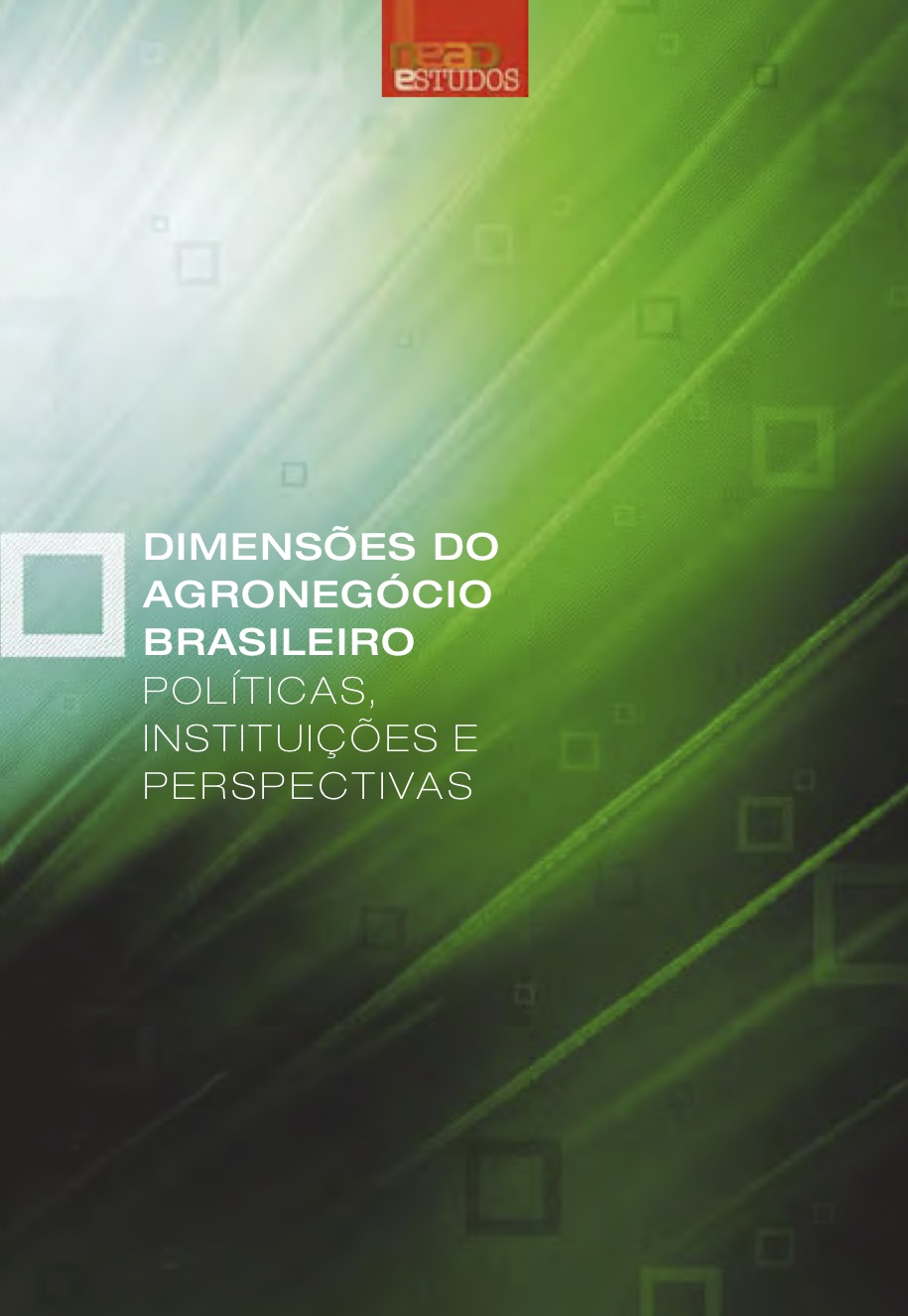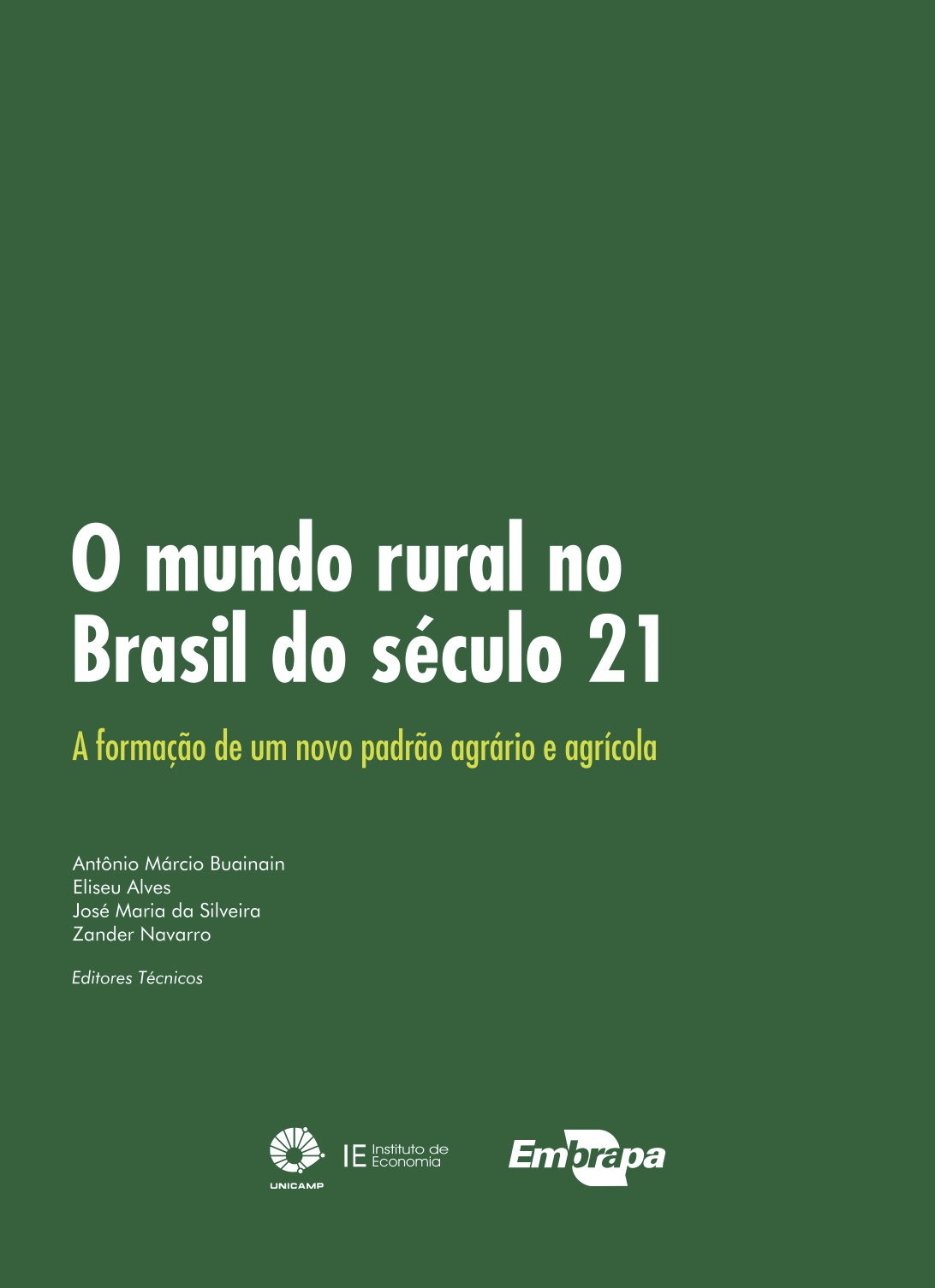O mundo rural no Brasil do século 21
A história da agricultura mundial no último meio século tem sido, sobretudo, a história de transformações produtivas, impulsionadas pela ciência e pela intensificação tecnológica, e a resultante expansão da capacidade produtiva, pari passu com o crescimento da demanda de alimentos.
Forests, Trees and the Eradication of Poverty: Potential and Limitations
The report, “Forests, Trees and the Eradication of Poverty: Potential and Limitations,” shows that forests and trees support human well-being and are critical to end poverty. It finds that forest-poverty dynamics are affected by a range of social, economic, political, and environmental context factors, such as rural outmigration, gender norms, remittance flows, and elite capture. The report’s key messages are highlighted below. Forests and trees can help the poor face global changes such as climate change. Benefits from forests and trees to human well-being are unevenly distributed.
Down on the farm: Wall street: America's new farmer
The first years of the twenty-first century will be remembered for a global land rush of nearly unprecedented scale. An estimated 500 million acres, an area eight times the size of Britain, was reported bought or leased across the developing world between 2000 and 2011, often at the expense of local food security and land rights. When the price of food spiked in 2008, pushing the number of hungry people in the world to over one billion, the interest of investors spiked as well, and within a year foreign land deals in the developing
Can strategic spatial planning contribute to land degradation reduction in urban regions? State of
the art and future research
Land degradation is becoming a serious environmental issue threatening fertile agricultural soils and other natural resources. There are many driving forces behind land degradation. The expansion of artificial surfaces due to various economic activities, such as housing, industry, and transport infrastructure, known as soil sealing, constitutes one of the most intensive forms of land degradation in urban regions. Measures to halt and reverse land degradation require both strong land-use management policies, as well as effective spatial planning mechanisms.
Food System Impacts on Biodiversity Loss. Three Levers for Food System Transformation in Support of Nature
This paper explores the role of the global food system as the principal driver of accelerating biodiversity loss. It explains how food production is degrading or destroying natural habitats and contributing to species extinction. The paper outlines the challenges and trade-offs involved in redesigning food systems to restore biodiversity and/or prevent further biodiversity loss, and presents recommendations for action. The paper introduces three ‘levers’ for reducing pressures on land and creating a more sustainable food system.
Summary for policymakers of the assessment report on land degradation and restoration of the Intergovernmental Science-Policy Platform on Biodiversity and Ecosystem Services (IPBES)
Land degradation is a pervasive, systemic phenomenon: it occurs in all parts of the terrestrial world and can take many forms. Combating land degradation and restoring degraded land is an urgent priority to protect the biodiversity and ecosystem services vital to all life on Earth and to ensure human well-being
IPBES assessment report on land degradation and restoration
Land degradation is a pervasive, systemic phenomenon: it occurs in all parts of the terrestrial world and can take many forms. Combating land degradation and restoring degraded land is an urgent priority to protect the biodiversity and ecosystem services vital to all life on Earth and to ensure human well-being
Exploring future changes in land use and land condition and the impacts on food, water, climate change and biodiversity: Scenarios for the UNCCD Global Land Outlook
The pressure on land is growing in many regions of the world, due to the increasing demand for arable crops, meat and dairy products, bio-energy and timber, and is exacerbated by land degradation and climate change. This policy report provides scenario projections for the UNCCD Global Land Outlook, exploring future changes to the use and condition of land and the resulting impacts on food, water, climate change and biodiversity.
Voices from the Land: Restoring Soils and Enriching Lives
When the UN Convention to Combat Desertification was created at the Rio Earth Summit over 25 years ago, it became the only international convention dedicated to protecting, managing and restoring our land. The environmental benefits of that work are already well documented, particularly when it comes to the inextricablelinks with climate change and biodiversity. But this book goes much further by highlighting the impact on the wellbeing of over three billion people – nearly half the world’s population – who are directly affected by land degradation.
Protecting 30% of the planet for nature: costs, benefits and economic implications.
You cannot put a price tag on nature — but the economic numbers point to its protection,” said Anthony Waldron, the lead author of the report and researcher focused on conservation finance, global species loss and sustainable agriculture.
Goals and Commitments for the Restoration Decade. A global overview of countries’ restoration commitments under the Rio Conventions and other pledges
The multiple benefits of restoration, from local to global scales, are reflected in the array of global and regional goals for restoration.



